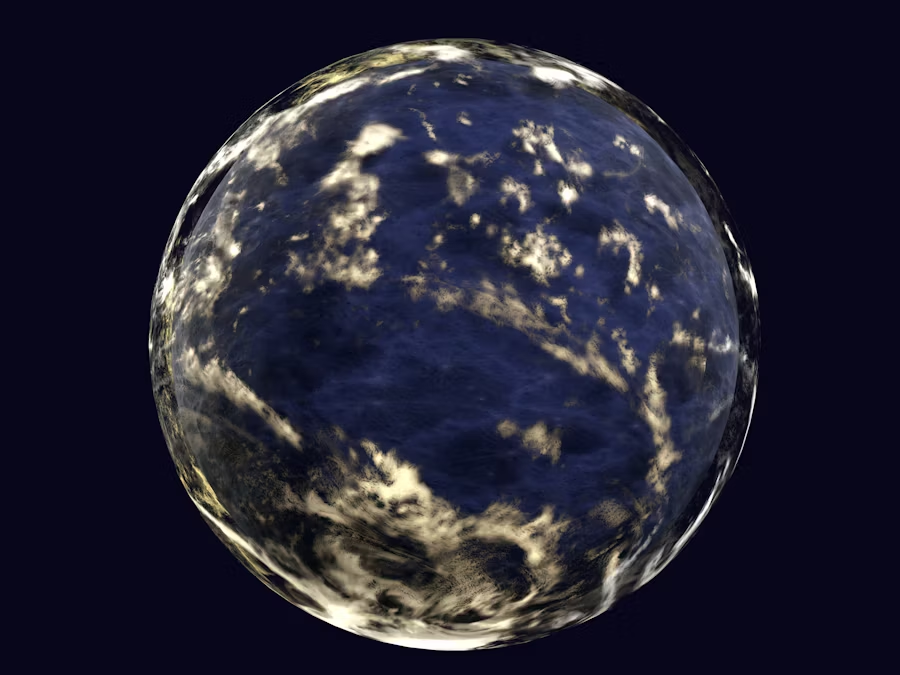Among the buzzing host of climate acronyms here are three you should definitely focus on: UAH, RSS and STAR. Oh, and MSU, which here does not mean Michigan State University ( “Go Spartans”) but Microwave Sounding Unit, an instrument carried on, whoops here’s another, NOAA satellites (NOAA being the US National Oceanic and Atmospheric Administration). An MSU takes readings of microwave energy in the atmosphere which scientists then use to construct daily measures of temperatures from near the surface up to the middle of the stratosphere. Which is where GHGs (aaack, that’s six, GHGs being greenhouse gases) are supposed to be generating all the warming. But the UAH (University of Alabama in Huntsville and “Go Chargers”) temperature record hasn’t shown much warming since 1980, and if it’s correct the models must be wrong. The RSS (which for climate geeks is Remote Sensing Systems not Really Simple Syndication) series showed a little more warming but not enough to validate the climate models. Thankfully for modelers and alarmists everywhere, the STAR (NOAA’s Satellite Applications and Research with the T added just to be cool) data set used the MSU record and showed a much higher warming trend, large enough to suggest the models might be right after all. Until a new study came out from the STAR team at NOAA who decided they hadn’t done the data processing correctly and once they fixed it, their series showed the same warming as UAH or even slightly less IRL. LOL. Which, they admit, has “strong implications” for climate models. OO.
The University of Alabama-Huntsville is the home of John Christy and Roy Spencer who developed the technique of converting microwave emission data into temperature measurements. Their data series caused a great controversy when they first published it because it showed no warming at all in the region of the atmosphere where greenhouse warming is supposed to be strongest. (For a background we strongly recommend our video on the tropospheric warming controversy, which includes an interview with Dr. Christy.) And Remote Sensing Systems is a company in California that re-did the analysis on MSU data and found that with a few tweaks (some of which the UAH team also adopted) the warming trend came out a bit higher. But it still wasn’t enough to match the blazing hot warming that climate models said should have been there.
Then along came STAR from NOAA, which added a few more tweaks and got enough warming to match the models with the lowest warming, which according to the modelers was enough to validate the whole bunch. Why all the tweaks? As explained in an op-ed by Ross McKitrick, they arise because analysts have to make decisions about how to splice data series together when one satellite replaces another, or how to correct for orbital drift or instrument aging, and so forth. The STAR team made choices that added what the UAH team considered a spurious cooling in the early years, yielding an artificially high warming trend after it ended.
Until, to their very great credit, the STAR team decided to start over from scratch. One issue among the MSU analysts has been that there are weather balloon records for atmospheric temperatures from many parts of the world to compare against, and the UAH record conspicuously lines up better with them than did RSS or STAR. The NOAA team went step-by-step through the data construction process and ended up with results almost identical to those of the UAH team. Their mid-troposphere temperature trend fell from 0.16 degrees C per decade to 0.09, putting it slightly below the UAH trend of 0.1 C and well below the RSS trend of 0.14 C per decade.
It was enough of a change for the authors to state that their new data set confirms findings in a 2020 paper by McKitrick and Christy that showed models are warming too much, indeed the satellite data is now showing warming of about half the average model-simulated warming rate over the same period. Dare we say QED?
We’ve been keeping an eye on the tropospheric temperature data sets for a long time (see here, here, here, here, here, here and, well you get the idea). If sanity is ever going to descend on the climate debate it will come from there.



Long ago, when I was a scientist (palaeogeologist), we used to do that thing with...what was it now....oh yes, data. That's it. I knew I'd remember it if I tried hard enough. Anyway, when we had our 'data' we compared our 'data' with other people's 'data' to see if it was accurate. You know, that old Scientific Method '. In the good old days. Turns out that doing this was good for 'science'. We used to have that in the old days, 'science '. Nowadays it's 'The Science ' which is a little confusing as this seems to be the simplistic stuff left behind at middle and high school, just before I got into the interesting stuff where we collectively worked out all the stuff we didn't know. Doing 'science'. Nowadays it's all so much easier. Darn.